Speedmaster References covered in the site: 2915, 2998, 105.002, 105.003, 105.012, 145.012, 145.022
Although to novice eyes Speedmasters look all the same, or perhaps just two shapes of case, in fact there are numerous subtle differences that flow through the production, and affect values. The aim of this site is to help you decide what you want, how to spot it, and how much to pay for it once you have decided that it is correct, or right for you – or even what to pay for one that is not quite correct.
I do not aim to find a watch that is 100% perfect, but I do strive for 100% originality. I want to have full knowledge of what I am looking at. I will accept problems or issues as long as the attraction is strong and the price is appropriate.
- What parts are not original?
- Are the dial plots or hands re-painted?
- Has the case lost its original lines?
- Does the watch please me when I look at it?
Here we cover Speedmasters produced over the first 21 years, up to and including the 145.022-78, which was the last year Omega marked the inside case back with a date. This period produced the most interesting examples, and while the post 78 watches are perfectly good, their values are pretty stable, and not worth the huge effort to dissect at this time. Their values are fairly stable. At the time of writing, (2021) there is a growing following of Tritium dialed pre 1994 Speedmasters, some of which have patinated in a very attractive way.
Here is a detailed table of each of the seven references covered showing the sub-references.
This watch is in excellent all round condition and recently serviced. The parts are all correct. It would probably sell between two private collectors for around $5,500 – $7500. It is the last reference I look at in this site as after this point the date is no longer inscribed in the back. If this watch had some dial scarring, poor hands, incorrect bezel and no service, then the value could be as low as $2500. This is as of December 2021
The Omega Speedmaster was first released in 1957, and has been produced ever since. In fact you can still buy a calibre 1861 Speedmaster in an Omega Boutique for around $6,000. While the modern watch lacks almost all the charm I value in a vintage watch it is very close to the watches flown by NASA in later missions.
Values (Edited December 2021)
A smooth backed 861 should be around $4000-$10,000 and an asymmetric 321 from $6500-$25,000. For straight lugs, the prices start at around $10000, up to $50,000 for a 2998. More detailed values are found in the Price Chart.
Brown dials are valued differently and rely on the attraction of the colour.
The value of a vintage Speedmaster depends on its condition, its originality, and its appearance. We have to learn to balance the state of the case, with the rarity of the reference and the overall attractiveness of the watch. For example I will possibly buy a straight lug cased watch with a worn or polished case that would be in unacceptable condition for a less rare asymmetric one. Some watches are so rare that its acquisition is not a choice between a good one and a worn one, it is a choice between owning one or not.
Special Note on 2915’s
These watches have become the focus of very deep pocketed collectors, spurred on no doubt by Auctioneers. There has been an extraordinary sale of a 2915-1 for over $3.4m. This shocked may of us who cannot see what caused this watch to sell for that, when there are so many similar watches in collections and in the market. Within hours of the sale I saw perhaps 10 similar examples posted on Instagram, which had I been the buyer, would have made me hesitate to send the money to Phillips.
This sale also made the previous All-Time-High of $400,000 look cheap, but the consensus among my friends who know more than me is that the best 2915 in recent times is the Bukowski sale (at 275,000) with its original and attractive appearance.
Condition, Patina and Originality
These three things all combine to contribute to the attractiveness of the watch. We avoid all replacement parts, but ironically want what parts we have to be as close to “as new” as possible, but they must be the old original parts to be valuable.
The three watches below illustrate this. The left watch is unopened since new. The centre watch is Omega serviced, replacing dial, bezel, and hands – the case has also been polished. Finally on the right is an example of a watch having had servicing and sympathetic care over the years:
Notice the centre watch has a bright harsh look from the Superluminova hands and plots – these are modern luminous material that glows much stronger than the original tritium. Notice also the centre watch carries a service bezel. The outer watches show gentle aging, something we call patina. This look is extremely hard to replicate using any other methods – it is only a result of gentle change over time.
Sometimes this degradation is attractive, and we call it patina. Sometimes the degradation is so strong, that it assumes an attractiveness all of its own, and not obvious to everyone.
New parts on a watch reduce its value (see here), as do replaced parts that while old, are incorrect for the reference. We must establish that the watch is correctly appointed. For this you will need to go through the individual pages for the reference.
Here is an important concept– the watch you like, may not be the watch I like, and that is just fine! The whole pleasure for me is finding the balance in a new purchase. It is a judgement call, a personal decision of what I think looks good. I encourage you to have the courage of your convictions and buy what you like, not what others tell you should – unless you also like it. The thing is, this is not rocket science. Once you have established the watch is correct, then the decision is all down to “Do you like it?” . The following pages will help you.
The last thing is that just because a watch has all correct parts, does not mean it is worth buying. Recent price rises in the vintage speedmaster market have drawn out some real rubbish. I was recently asked if a 105.012 was worth buying at $3000. You would have thought so, but every part, though correct, was terrible. The dial was blotched and missing all the lume, the hands were repainted badly, the bezel was dented, and the case had deep craters that a brutal polish had failed to remove.
Bracelets
Bracelets must be identified and valued when buying as we need to allocate a value, as without we could be out bid. I used to have a link to a very good site that had bracelet information but it was removed, so I suppose I will have to write my own – stay tuned.
Limited Editions and Special Dials
While Omega became profligate with limited editions in later years, this period only had two. The 1969 18kt Gold commemorative and the 1975 Apollo Soyuz. The best essay on the gold Speedmaster is by Bradley Jacobs and can be read here. The Apollo Soyuz is very rare, and a very good article is here. (Since writing, the Apollo Soyuz article has gone commercial, and the link will take you to a site offering to sell you the book.).
Since writing this site, the MoonWatch Only authors have identified what they say is a separate model, the Ultraman with its orange hand. You can read about these extremely rare watches here. This Link will take you to the MWO Ultraman Page
Here is a page on the special editions
There are two groups of special dials, the Racing Dial and the Metalic Soliel Dial. An example of each of these dials has been sold at Auction for over $70,000. There are a number of collectors who do not value them.
There is a Speedmaster for every pocket, assuming your pocket has at least $3000 in it. For that I would expect to buy a head (that is watch only, no bracelet) from the 1970’s. Probably with some issues.
Other Speedmasters
Omega has since 1970 taken the Speedmaster name and used it on other references, which apart from the MkII, are unrelated to the Speedmaster I cover here as they carry automatic movements, and carry only superficial resemblances to the classical Moonwatch or Pre-Moon.
Space Connection
Speedmasters have a strong connection to the Space program and have a well earned reputation for ruggedness. There is much to be learned around the web on this, but outside the scope of this site.
They are not waterproof. No swimming in space.
“Pre-moon” vs Moonwatch
Up to around 1970 all watches had a smooth case-back, with a light acid etched Hippocampus. We call all smooth backed watches “Pre-Moons”.
Four types of backs, Pre-moons on the left, Moonwatches on the right with engraved wording.
After the moon landing, Omega produced engraved case backs, commemorating the event. These are “Moonwatches”. The name refers to the engraving on the back, not what they actually did.
Some other terms used :
- DO90 – dot over 90 bezel, fitted up to about 1969
- DN90 – dot next to 90 bezel, with tall Tachymetre letters.
- Dial indices – the luminous plots indicating hours on the dial, which are longer on early dials.
- Sub dial indices – the small lines on subdials, which are shorter on early dials.
- Franken-watch, or assembly, a watch made to imitate an original, but using parts from many different watches.
- Crown – knurled knob used to wind the movement.
- Hessalite – the proprietary name given to the plastic crystal.
- AML – Applied Metal Logo, Omega logo on the dial, as opposed to a painted logo on later dials.
Sources
http://www.omegawatches.com/planet-omega/heritage/museum
Omega has evolved into a corporate brand monster run by suits and accountants held accountable to shareholders. Even though most of the organization is now more Swatch than George Daniels, the kind and knowledgeable people in the Omega Museum itself are a pleasure to deal with. It is from the site you can order an extract of the archives to show the date your watch was made.
Omegaforums.net
While I read several other fora, it has become obvious this is the most tolerant, knowledgeable collection of Omega people I have come across. Read it. Register. Contribute. Ask dumb questions (we all do), as politely as you can – be a part, not apart.
Moonwatch Only Book
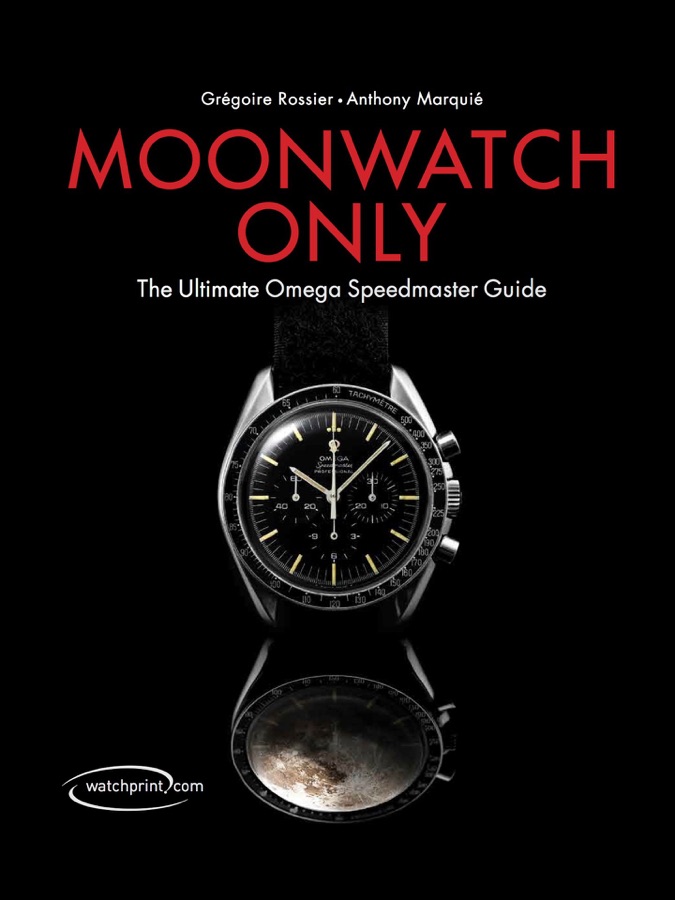
Me
This site was born out of my little black book, and forced rest during a shoulder injury…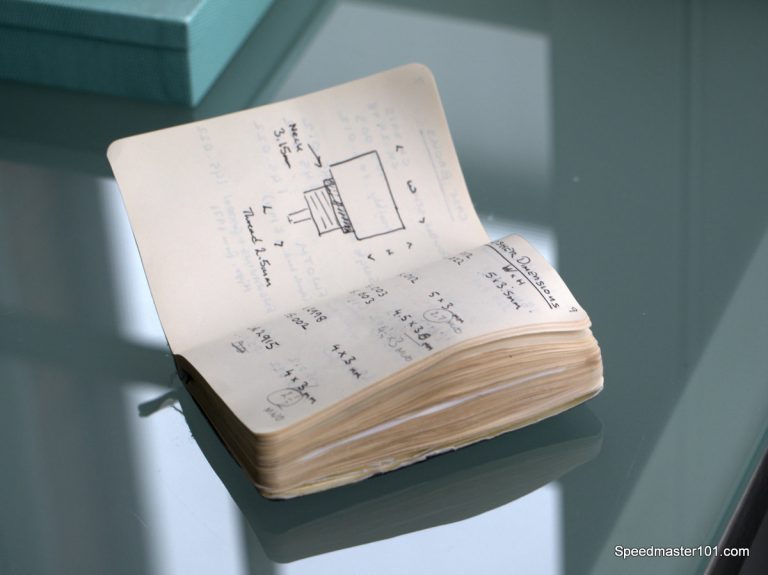
This is my own version of the MWO book!
Lastly I must mention the late Chuck Maddox, who documented his collecting before most of us had got used to email. I was inspired by his open sharing of knowledge and enthusiasm which I found infectious, even after he passed, as thanks to his friends much of his work is here.
Now go to the Assessment Page to learn the practicalities.


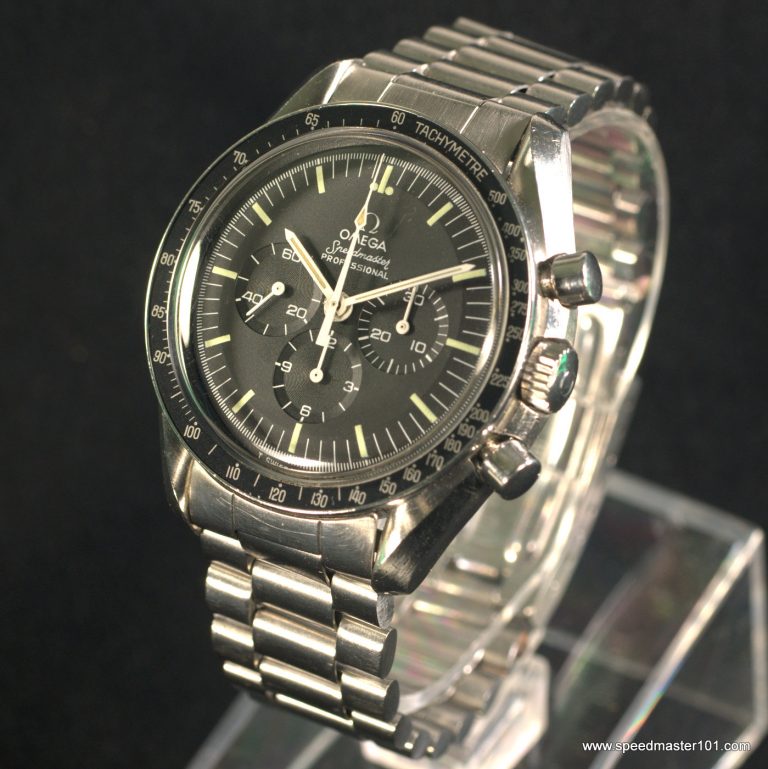
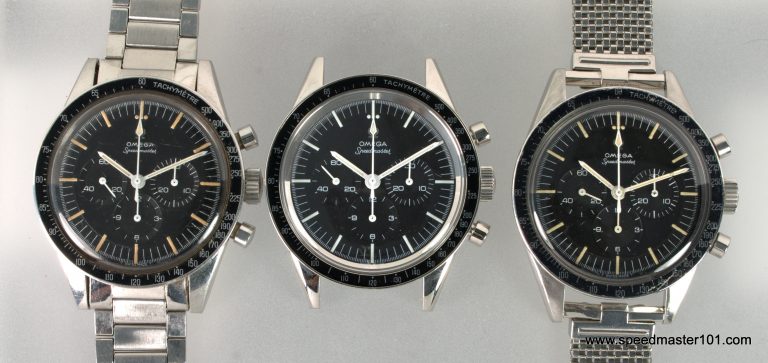
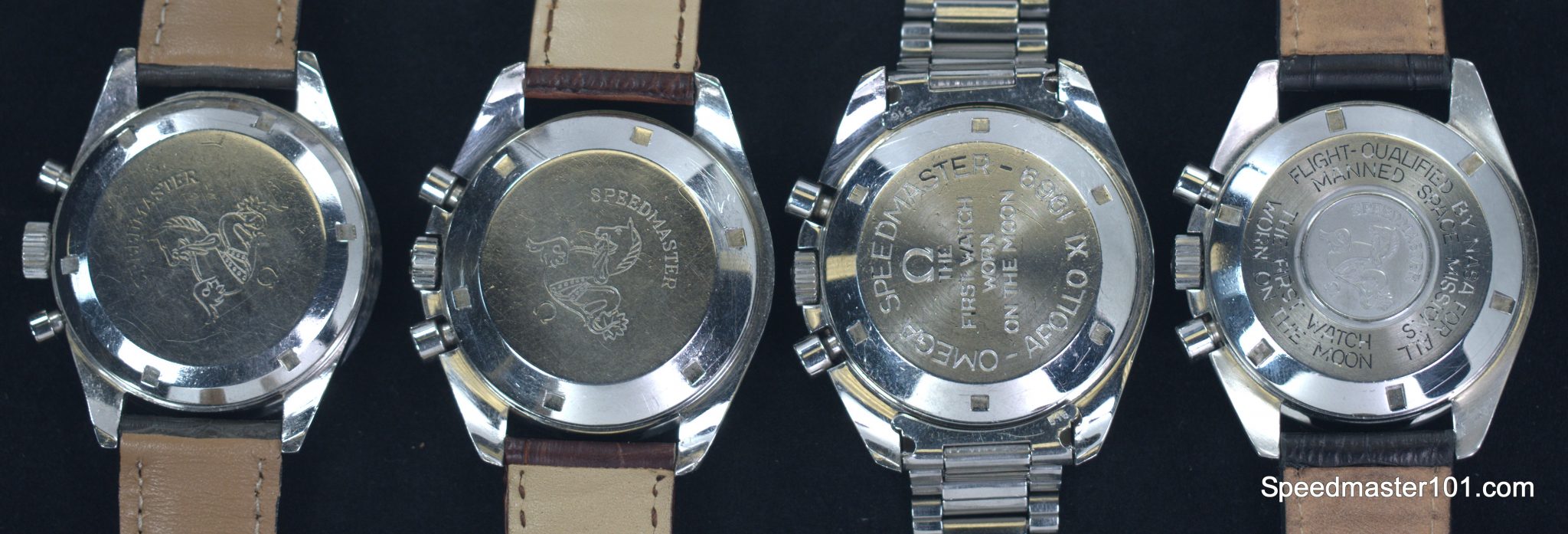
You must be logged in to post a comment.